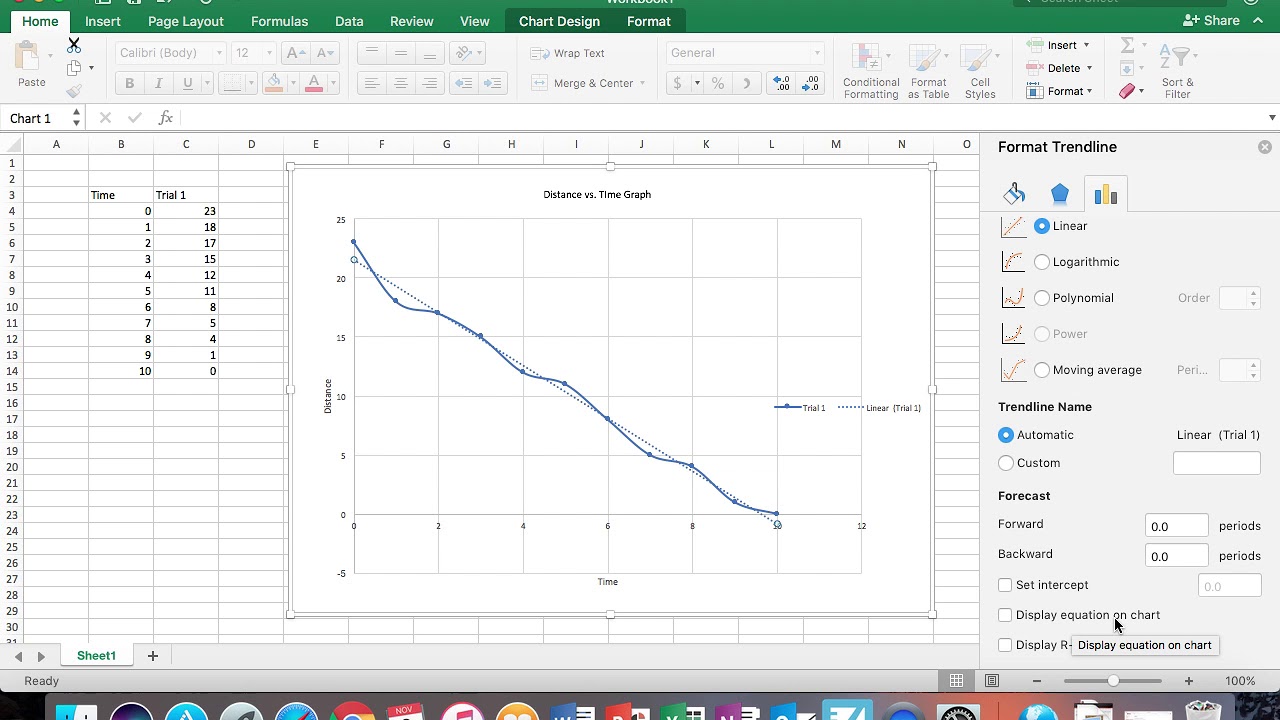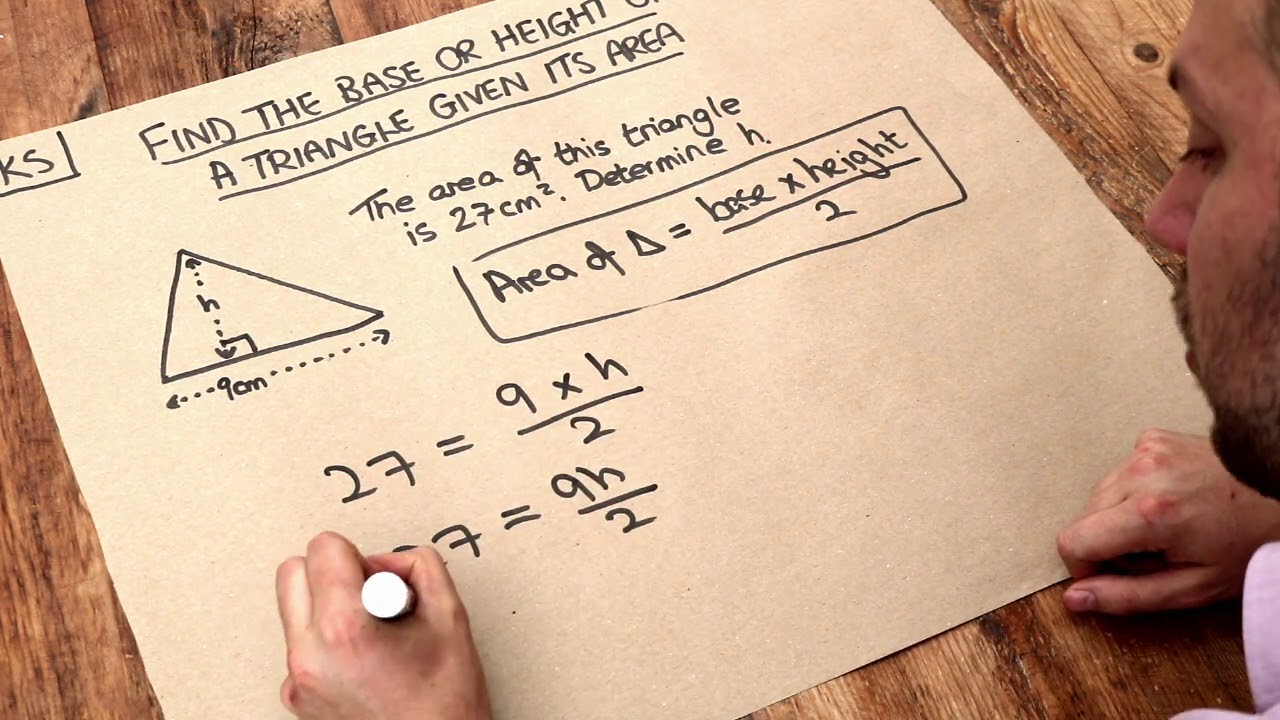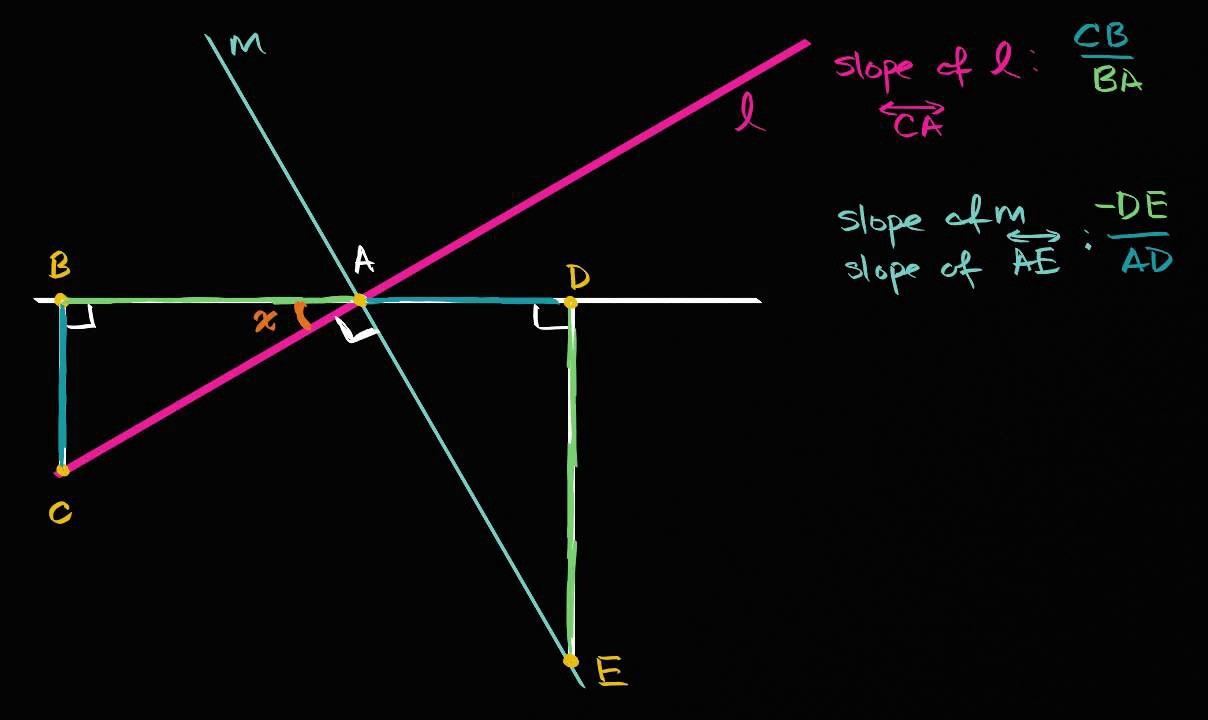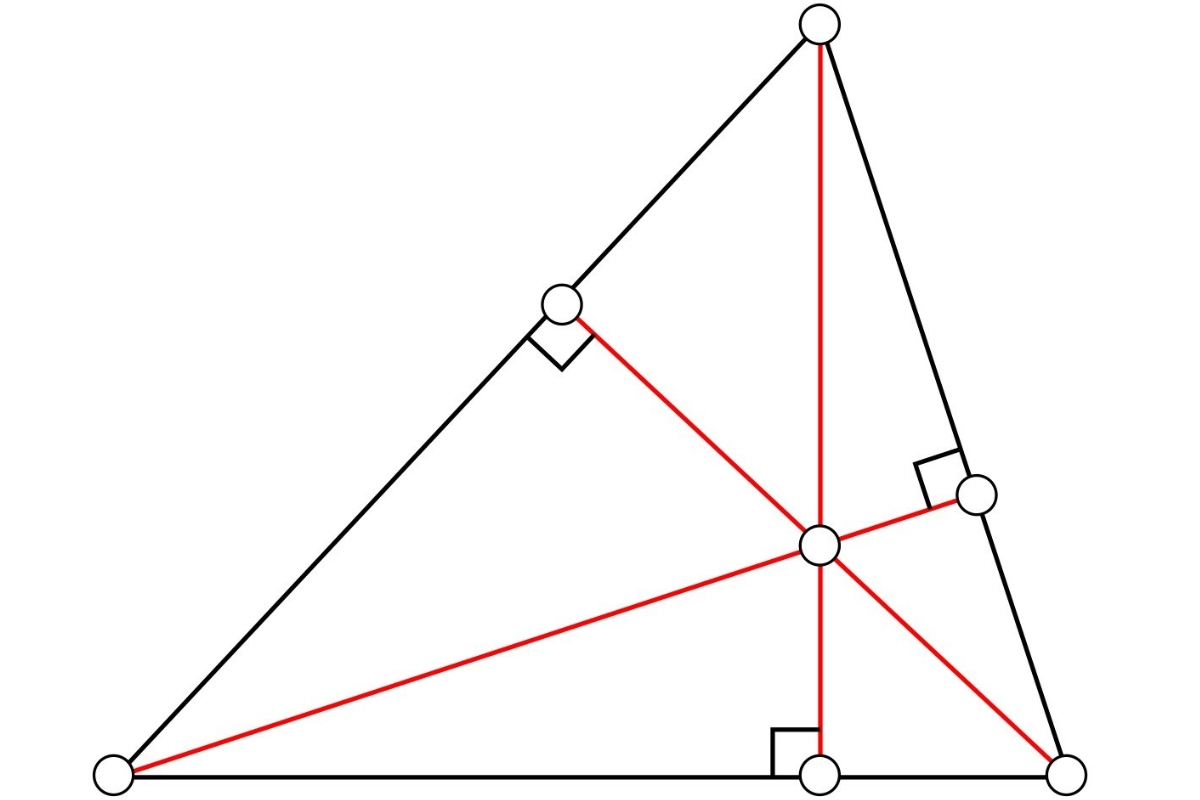Home>Mathematics>How To Find Critical Points
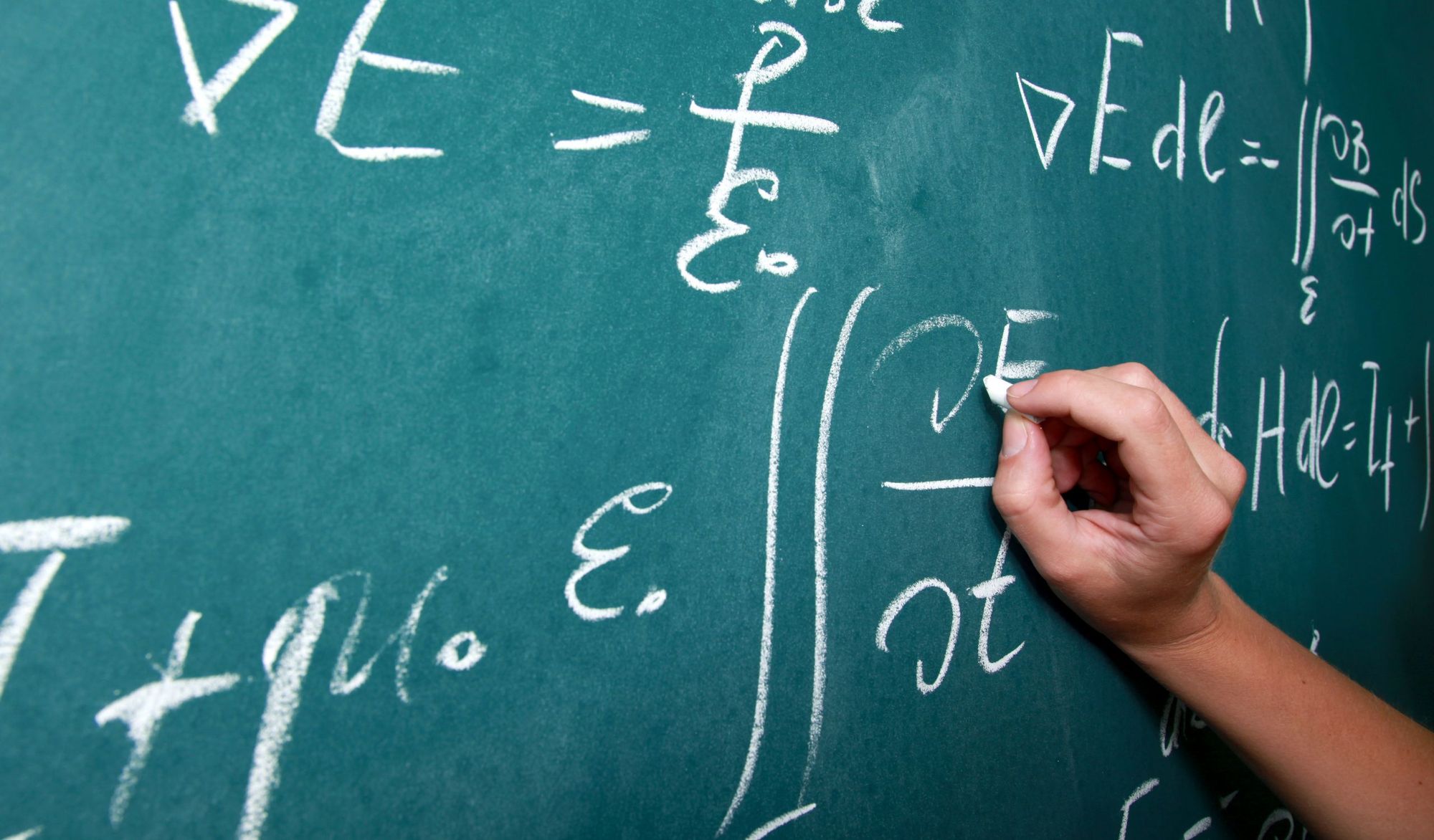

Mathematics
How To Find Critical Points
Published: February 25, 2024
Learn how to find critical points in mathematics with our comprehensive guide. Understand the key concepts and techniques for identifying critical points efficiently.
(Many of the links in this article redirect to a specific reviewed product. Your purchase of these products through affiliate links helps to generate commission for Noodls.com, at no extra cost. Learn more)
Table of Contents
Introduction
Understanding critical points is essential in various fields, from mathematics and physics to economics and engineering. These points play a crucial role in determining the behavior and characteristics of functions, graphs, and systems. In the realm of mathematics, critical points are pivotal in analyzing the behavior of functions and identifying important features such as local extrema, inflection points, and saddle points.
In this article, we will delve into the concept of critical points, exploring how they are defined and their significance in mathematical analysis. We will also discuss the methods for finding critical points, including the application of calculus and the interpretation of graphs. By the end of this journey, you will have a comprehensive understanding of critical points and their practical implications.
Let's embark on this exploration of critical points, unraveling their significance and unveiling the techniques for identifying these pivotal points in mathematical functions and graphs.
Read more: How To Find Point Of Inflection
Understanding Critical Points
Critical points are fundamental in the study of functions and their behavior. In the realm of mathematics, a critical point of a function is a point in its domain where the function fails to be differentiable or where its derivative is either zero or undefined. These points hold significant importance as they often correspond to key features of the function, such as local extrema, inflection points, and points of inflection.
At a critical point, the derivative of the function is either zero or undefined. This condition indicates a potential shift in the behavior of the function, signifying a change from increasing to decreasing, or vice versa. In essence, critical points serve as markers for transitions in the behavior of the function, offering valuable insights into its characteristics and trends.
It is important to note that not all critical points correspond to extrema. While some critical points indeed mark the presence of local maxima or minima, others may indicate points of inflection or saddle points. Therefore, understanding the nature of critical points is essential in comprehending the overall behavior of a function and interpreting its graphical representation.
In essence, critical points are pivotal in the analysis of functions, serving as indicators of significant changes in behavior and providing valuable information about the function's characteristics. By identifying and understanding critical points, mathematicians and scientists can gain deeper insights into the behavior of functions and make informed interpretations of their properties and trends.
Finding Critical Points Using Calculus
In the realm of mathematics, calculus provides powerful tools for identifying critical points of functions. The process involves leveraging the concepts of differentiation and the properties of derivatives to pinpoint the critical points where the behavior of a function undergoes significant changes. The fundamental approach to finding critical points using calculus revolves around determining the points where the derivative of the function is either zero or undefined.
To begin the process, the first step is to find the derivative of the given function. This derivative represents the rate of change of the function and provides crucial insights into its behavior. Once the derivative is obtained, the next step is to solve for the points where the derivative equals zero or is undefined. These points correspond to the critical points of the function and are instrumental in understanding its characteristics and behavior.
In the context of finding critical points using calculus, the points where the derivative is zero are known as critical numbers. These critical numbers are identified by solving the equation f'(x) = 0, where f'(x) represents the derivative of the function. By solving this equation, mathematicians can pinpoint the x-values corresponding to the critical points of the function.
Moreover, it is essential to consider the points where the derivative is undefined. These points are identified by examining the domain of the function and determining the values of x where the derivative does not exist. Such points are also critical points and play a crucial role in understanding the behavior of the function.
Once the critical numbers and points of undefined derivatives are identified, the next step is to analyze these points to determine their nature. This involves conducting further tests, such as the first or second derivative test, to ascertain whether the critical points correspond to local extrema, inflection points, or other significant features of the function.
In summary, the process of finding critical points using calculus involves leveraging the power of derivatives to identify the points where the behavior of a function undergoes significant changes. By determining the critical numbers and points of undefined derivatives, mathematicians can gain valuable insights into the characteristics and trends of the function, paving the way for a deeper understanding of its behavior and properties.
Finding Critical Points Using Graphs
In the realm of mathematics, the visual representation of functions through graphs provides a powerful tool for identifying critical points. Graphs offer a tangible depiction of the behavior of functions, allowing mathematicians and scientists to discern crucial features such as local extrema, inflection points, and points of inflection. By leveraging the graphical representation of functions, one can effectively pinpoint critical points and gain valuable insights into the characteristics and trends of the function.
When seeking to identify critical points using graphs, one of the primary considerations is the behavior of the function in the vicinity of specific points on the graph. Critical points manifest as locations where the function exhibits significant changes in behavior, such as shifts from increasing to decreasing or vice versa. By visually inspecting the graph, mathematicians can discern these pivotal points and analyze their implications for the function's behavior.
Local extrema, including local maxima and minima, are often associated with critical points, and graphs provide a clear visualization of these key features. At a local maximum, the function reaches a peak value, while at a local minimum, it achieves a valley value. By examining the graph, one can identify these critical points and comprehend their significance in characterizing the behavior of the function.
Furthermore, inflection points represent critical points where the concavity of the graph changes. These points are pivotal in understanding the curvature and shape of the function's graph. By visually inspecting the graph and observing the transitions in concavity, mathematicians can pinpoint the locations of inflection points and interpret their implications for the function's behavior.
In addition to local extrema and inflection points, graphs also facilitate the identification of points of inflection and saddle points, both of which are critical in comprehending the behavior of functions. Points of inflection represent locations where the curvature of the graph changes, while saddle points signify critical points with unique properties related to the behavior of the function.
By leveraging the visual representation provided by graphs, mathematicians and scientists can effectively identify critical points and gain deeper insights into the behavior and characteristics of functions. The graphical approach to finding critical points complements the analytical methods, offering a tangible and intuitive means of interpreting the behavior of functions and discerning their pivotal features.
In essence, the visual analysis of graphs provides a compelling avenue for identifying critical points and unraveling the intricate characteristics of functions, thereby enriching the understanding of their behavior and properties.
Applications of Critical Points
Critical points play a pivotal role in various real-world applications, extending their significance beyond the realm of mathematics and into diverse fields such as physics, economics, engineering, and optimization. These points serve as key indicators of significant changes in the behavior of functions and systems, offering valuable insights into their characteristics and trends. By leveraging the concept of critical points, professionals in different domains can make informed decisions, optimize processes, and gain deeper insights into the behavior of complex systems.
In the realm of physics, critical points are instrumental in analyzing the behavior of physical systems and identifying important features such as equilibrium positions, stability, and phase transitions. For instance, in the study of mechanical systems, critical points correspond to positions of potential energy minima or maxima, representing stable or unstable equilibrium states. By identifying these critical points, physicists and engineers can analyze the stability and behavior of mechanical systems, guiding the design and optimization of structures and devices.
Moreover, critical points find extensive applications in the field of economics, particularly in the analysis of cost and revenue functions. In the context of cost functions, critical points represent production levels where the marginal cost equals zero, signifying potential shifts in cost behavior. Similarly, in revenue functions, critical points correspond to production levels where the marginal revenue equals zero, indicating potential changes in revenue trends. By identifying these critical points, economists and business analysts can make informed decisions regarding production levels, pricing strategies, and profit optimization.
Furthermore, critical points are integral in the realm of optimization, where the goal is to identify optimal solutions for complex systems and processes. Whether in the context of engineering design, resource allocation, or logistical planning, critical points serve as crucial landmarks in the pursuit of optimal outcomes. By leveraging the insights derived from critical points, optimization experts can fine-tune processes, minimize costs, and maximize efficiency, ultimately leading to improved performance and resource utilization.
In the realm of machine learning and artificial intelligence, critical points are essential in the optimization of algorithms and models. By identifying critical points in the context of optimization problems, data scientists and researchers can refine algorithms, enhance predictive models, and improve the overall performance of machine learning systems. Critical points serve as key reference points for fine-tuning parameters and optimizing the behavior of complex computational systems, thereby advancing the capabilities of artificial intelligence and predictive analytics.
In summary, critical points find diverse applications across various disciplines, offering valuable insights into the behavior of functions, systems, and processes. By leveraging the concept of critical points, professionals in fields ranging from physics and economics to engineering and artificial intelligence can make informed decisions, optimize processes, and gain deeper insights into the behavior of complex systems, ultimately driving advancements and improvements in their respective domains.
Read more: How To Add Bullet Points In Excel
Conclusion
In conclusion, the concept of critical points holds immense significance in the realm of mathematics and extends its influence into diverse fields, including physics, economics, engineering, and optimization. The understanding and identification of critical points are pivotal in analyzing the behavior of functions, graphs, and complex systems, offering valuable insights into their characteristics and trends.
Throughout this exploration, we have delved into the essence of critical points, recognizing them as pivotal locations where the behavior of a function undergoes significant changes. These points serve as indicators of local extrema, inflection points, and other crucial features, providing valuable information about the behavior and properties of functions.
The methods for finding critical points, whether through calculus or graphical analysis, offer powerful tools for pinpointing these pivotal locations and unraveling the intricate characteristics of functions. The application of calculus enables mathematicians to leverage the power of derivatives in identifying critical numbers and points of undefined derivatives, paving the way for a deeper understanding of the behavior of functions. Similarly, the visual analysis of graphs provides an intuitive means of identifying critical points and discerning their implications for the behavior of functions, complementing the analytical methods with a tangible and visual approach.
Moreover, the applications of critical points in real-world scenarios, spanning from physics and economics to optimization and artificial intelligence, underscore their profound impact on decision-making, system analysis, and process optimization. By leveraging the insights derived from critical points, professionals in diverse fields can make informed decisions, optimize processes, and gain deeper insights into the behavior of complex systems, ultimately driving advancements and improvements in their respective domains.
In essence, the journey through the realm of critical points has illuminated their pivotal role in mathematical analysis and their far-reaching implications across various disciplines. By understanding and identifying critical points, mathematicians, scientists, and professionals can gain deeper insights into the behavior of functions and systems, paving the way for informed decision-making, optimization, and advancements in their respective fields.
The exploration of critical points serves as a testament to their profound influence on mathematical analysis and their transformative impact on real-world applications, underscoring their enduring significance in the pursuit of knowledge, innovation, and progress.


